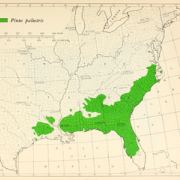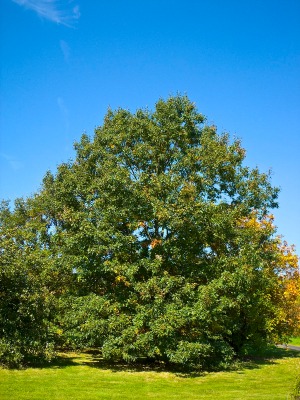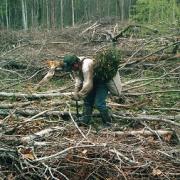Those in the longleaf pine range may be aware that the existing area of longleaf is but a scant remnant of its original distribution. Organizations and initiatives throughout the Southeastern US are actively working to restore and expand the acreage of this stately native tree. Variations in climate may present a new challenge to this effort, as USDA Forest Service scientists are currently discovering just how complex the relationship is between longleaf pine seed production and climate.





